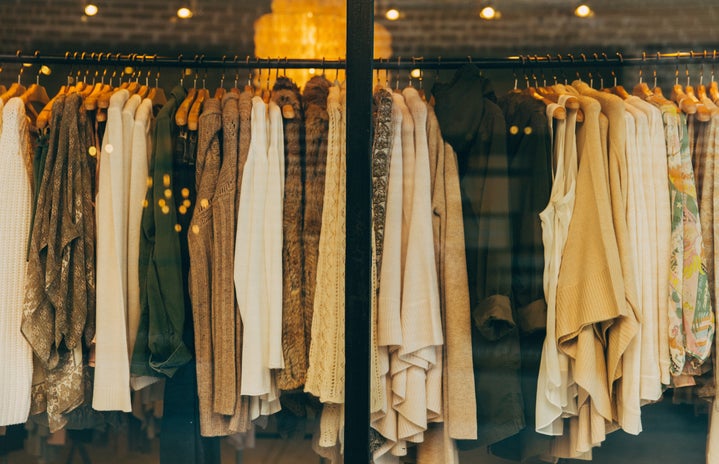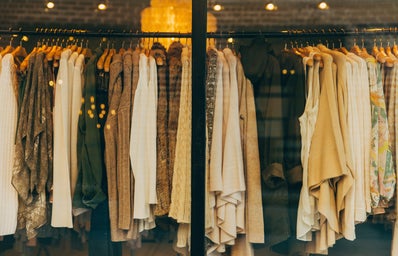From second-hand clothing, to refill stores and bamboo straws. The online encouragement, particularly, of the use of Depop, Vinted, and purchasing from charity and vintage shops. It bears the question, is it becoming ‘trendy’ to consume sustainably?
It is hard to ignore the growing trend making the rounds online, predominantly on TikTok, regarding sustainable consumption of clothing and the bashing of fast fashion brands. The likes of Shein, PrettyLittleThing, and Boohoo are regularly coming under fire for their less-than-commendable ethics and production methods. Whilst it is incredibly important and progressive to see the acknowledgement of the damage that overconsumption of poorly manufactured materials can cause the planet, it is somewhat concerning that for many consumers, this is no more than the most recent online trend, rather than a conscious effort to make more mindful choices in the way of fashion.
It serves as no secret that the overconsumption of fast fashion brands is incredibly damaging, in many respects. To put this damage into tangible figures, 92 million tons of clothes-related waste is discarded each year, with over half of a million tons of microplastics produced simultaneously. These tiny fragments of plastic are known to carry disease-causing organisms and behave as a vector for environmental diseases too. It is not solely the consumer’s pocket that is impacted by these short-lived trend cycles, but rather more harmfully, the environment too.
So why the emergence of the popularity of thrifting and purchasing second-hand? Has our generation finally become lucid to the damage of succumbing to the latest online trend; perhaps prompted by that patchwork denim or Y2K item that hangs silently in the depths of a wardrobe?
This performative move towards sustainable fashion consumption is likely little more than the crochet or graphic knit trend that came before it, fuelled through social media. TikTok should be held aptly accountable for its role in developing and distributing new trends, and consequently, its contribution to the dramatic decline in clothing utilisation. In the year 2000, the average number of times an item was worn stood at 200. This has decreased some 36% and was recorded at 160 times in 2015 (although this has likely declined even further in the last seven years). Unfortunately, it is already becoming clear that thrifting is the new ‘cool’. Depop and Vinted serve as strong evidence for this, with many sellers sourcing clothing for pennies, severely overpricing items and profiting from a use of the term ‘vintage’. The apps find themselves overpopulated with resellers, rather than individuals flogging their used clothing, the intended purpose of the platform.
It must be considered, however, that this trend will signify the beginnings of change for some consumers. Exploring fashion through the second-hand market and emerging with quality, unique pieces that are not available through retail stores will likely spark interest in at least some individuals in ditching their reliance on fast fashion brands. Although, like those before it, this microtrend will come to an end, I am hopeful that a number of fashion consumers will be influenced to shop more consciously and considerately through whatever means is most accessible and appropriate for them.


